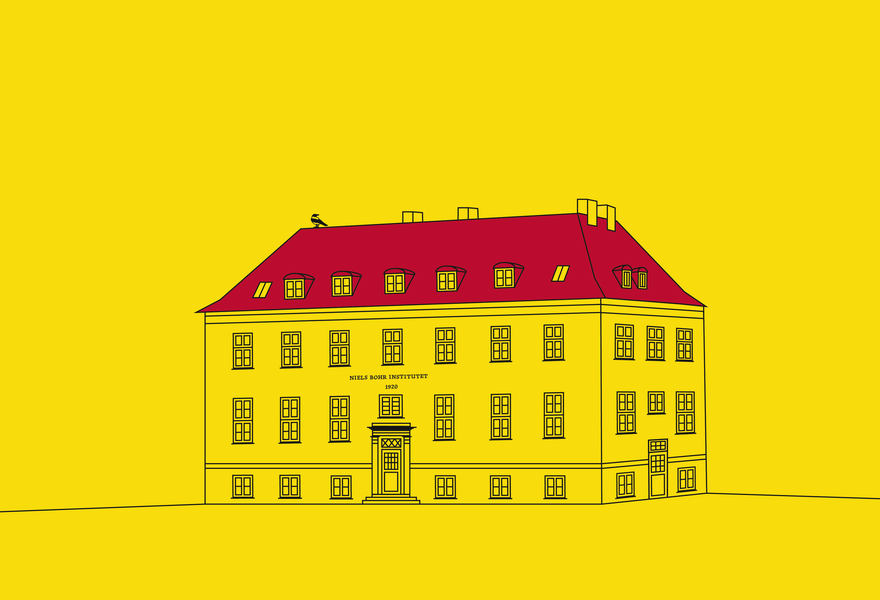About
Fundamental Physics with LISA, Niels Bohr Institute, 9–11 August 2023
Gravitational-wave astronomy was born with the LIGO/Virgo observations of black hole mergers. However, a new revolution is in the making, when the space-based LISA mission flies. LISA promises to observe all the visible universe, and will see supermassive black hole mergers, orbiting white dwarfs, phase transitions in the early universe etc. The capabilities of LISA to do fundamental physics are immense.
LISA@Copenhagen is the next in-person meeting of the Fundamental Physics Working Group of the LISA Consortium which will be held at the Niels Bohr Institute in Copenhagen from August 9-11, 2023. This meeting will connect the working group more directly to the LSG work packages, such that there is a unified view of the community and of the inner workings of the consortium.
The meeting will be held at the Niels Bohr Institute in Copenhagen. The Niels Bohr Institute carries an important legacy in physics and is one of the leading institute in theoretical and experimental physics. Copenhagen is a very enjoyable and beautiful city, and as the capital of Denmark has plenty of wonderful things to do and is easy to reach. and we would be thrilled to organize a small historical tour of the institute. The entire Nordic region has plenty to offer and is a remarkable place for summer vacations.
About the Niels Bohr Institute

The Niels Bohr Institute was formally opened on 3rd of March 1921, the inauguration having been delayed by a famous pandemic, the Spanish flu. The NBI is renowned in Denmark and an attraction site for the society at large (it’s not uncommon to see families stopping outside the institute to take pictures). The Institute is famous for the many scientific breakthroughs that took place within its premises. The structure of the atom and the explanation of the periodic table, together with breakthroughs in nuclear physics, all took place here. The famous Copenhagen interpretation of Quantum Mechanics was developed at NBI by Bohr and many other collaborators. Fermi’s golden rule was actually developed by Paul Dirac while at NBI. And the NBI conferences were famous for its informality and impact.
Since its founding the institute has attracted physicists from all over the planet who come to the institute to work and collaborate and perhaps to be immersed in that unique scientific atmosphere that Heisenberg once defined as the “Copenhagen spirit”. Today the institute has grown well beyond Niels Bohr’s initial project and it now comprises of some ten buildings and more than a 1000 strong staff and students whose research spans all areas of Physics.
After more than a century at the vanguard of Physics, the institute has spawned many legendary stories, but to hear them all you will need to take the historical tour to the Niels Bohr Institute.
Scientific organizing committee
Enrico Barausse, Richard Brito, Vitor Cardoso, Thomas Hertog, Philippe Jetzer, Nicolas Yunes.
Local organizing committee
Vitor Cardoso, Gregorio Carullo, Chun Lung Chan, Yifan Chen, Julie de Molade, Evelyn-Andreea Ester, Jose Ezquiaga, Shilpa Kastha, David Pereniguez, Maarten van de Meent.
Illustration and design
Ana Carvalho
Web development
João Vasconcelos